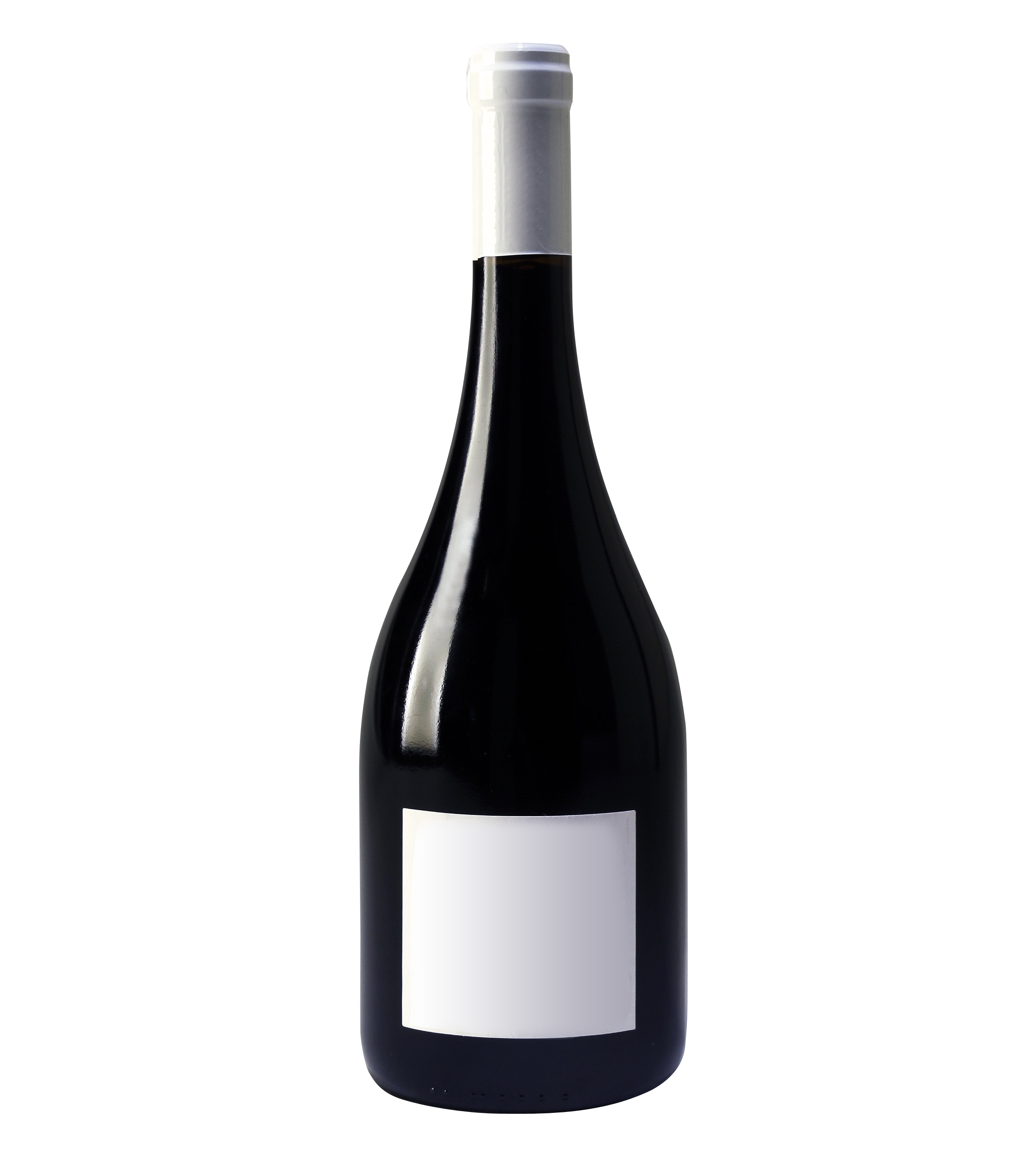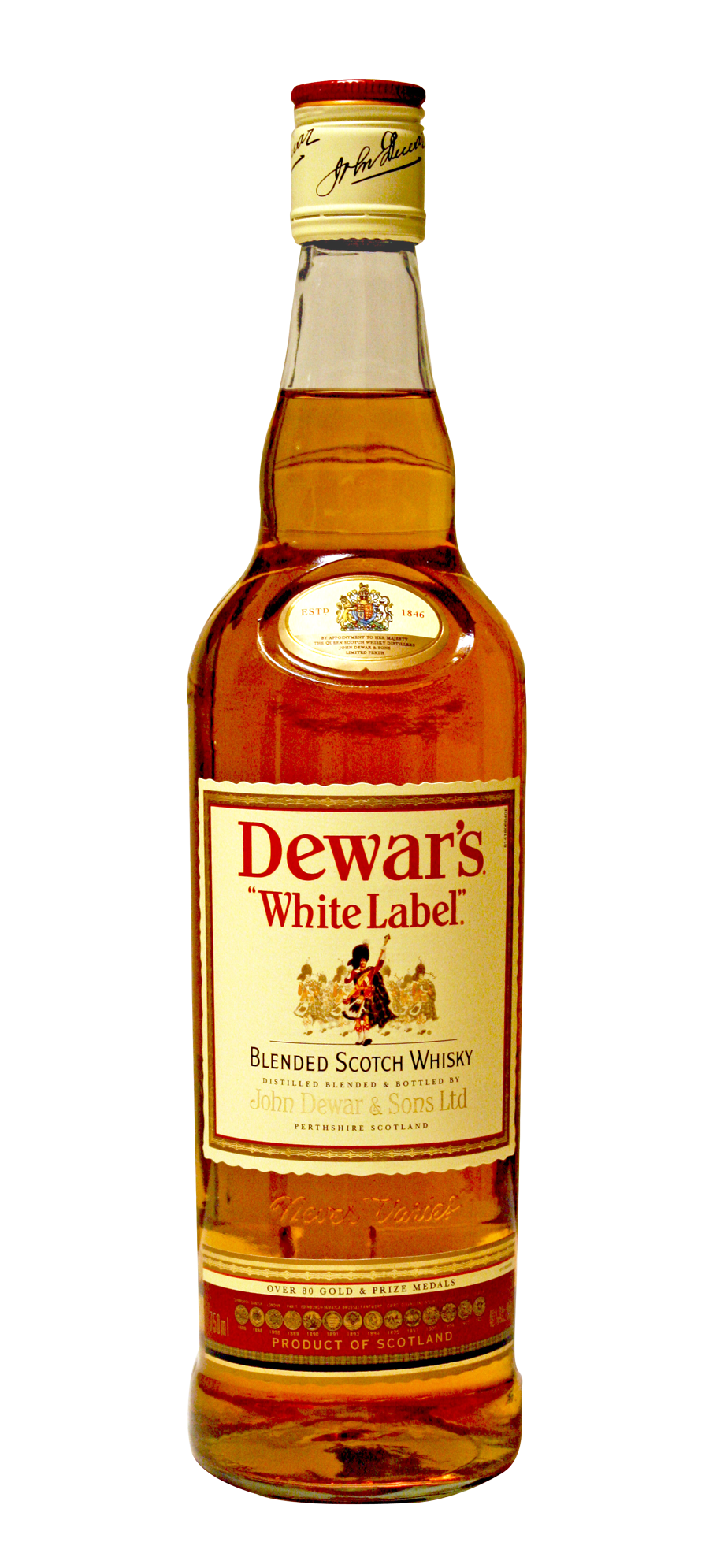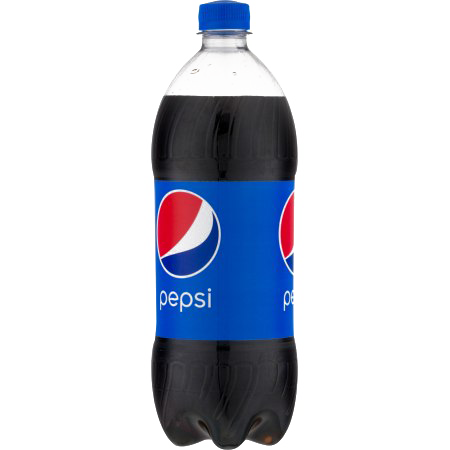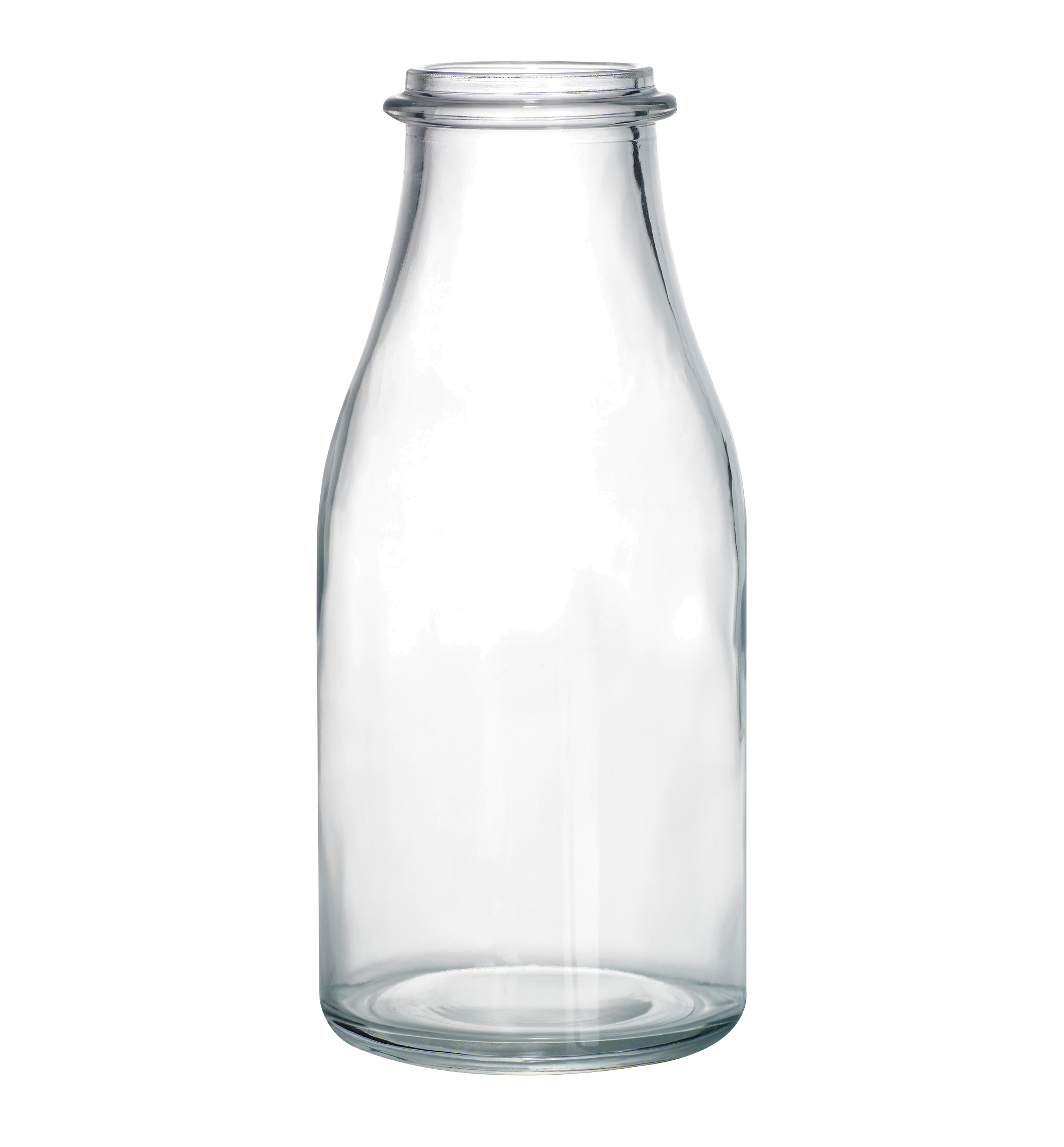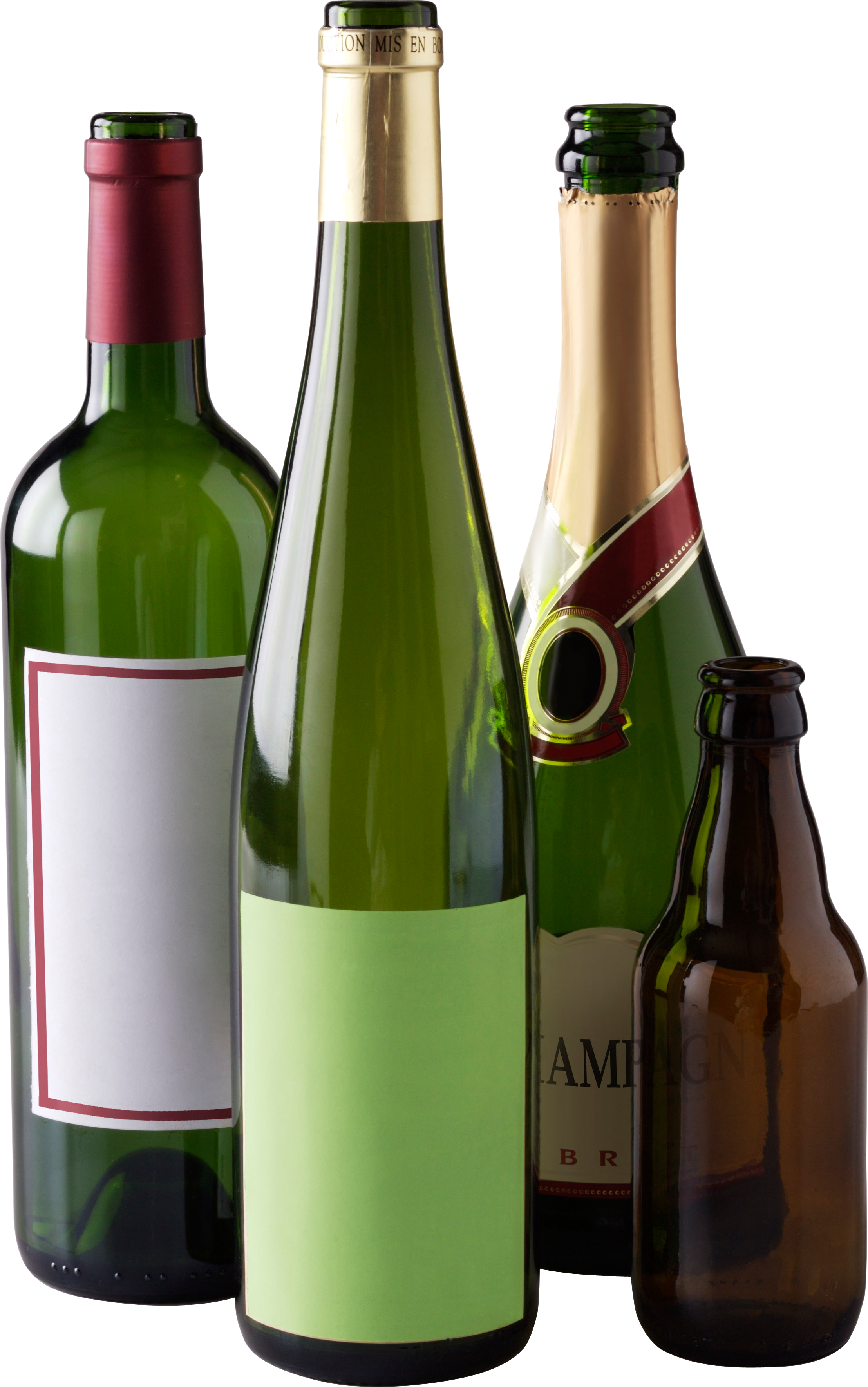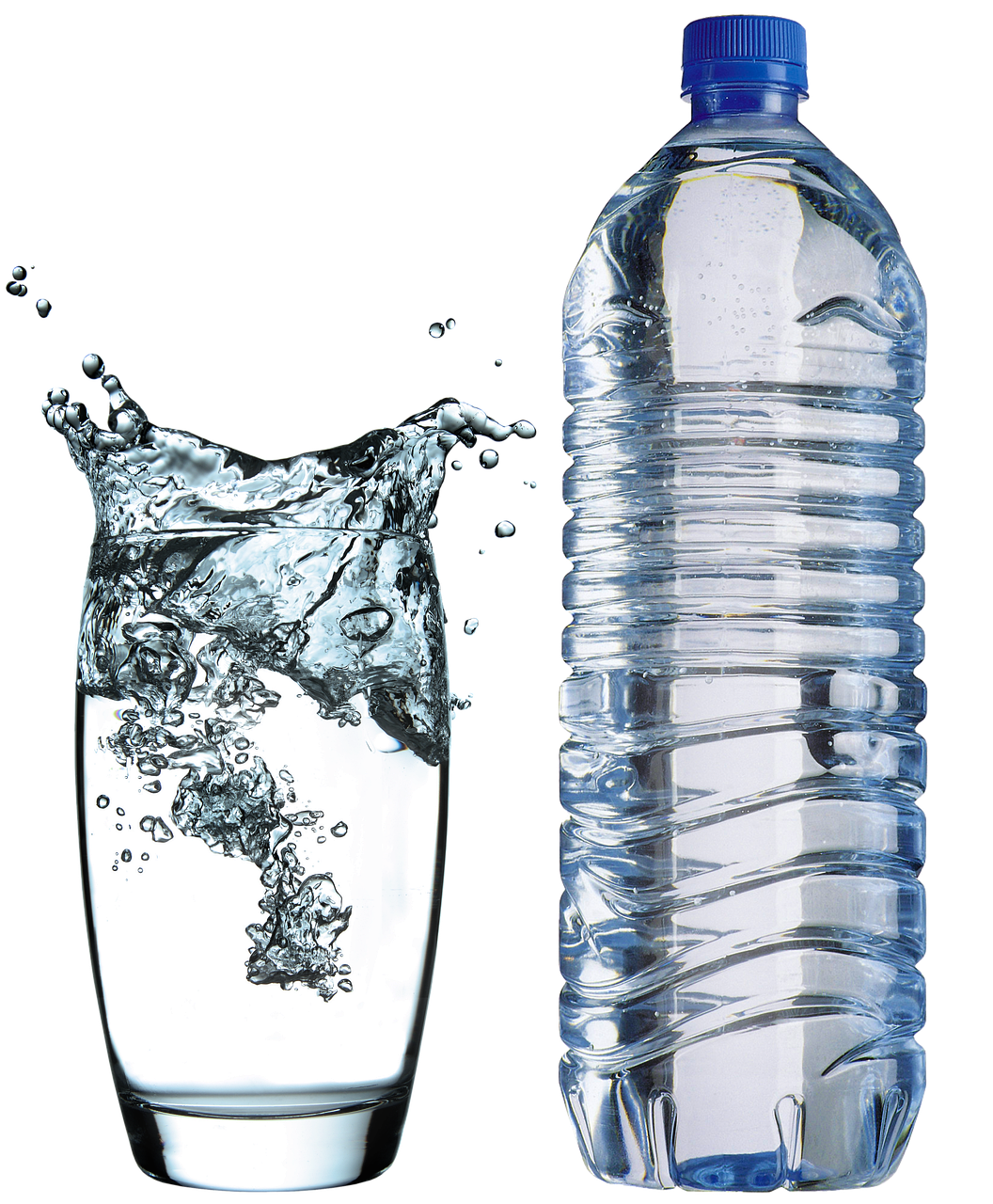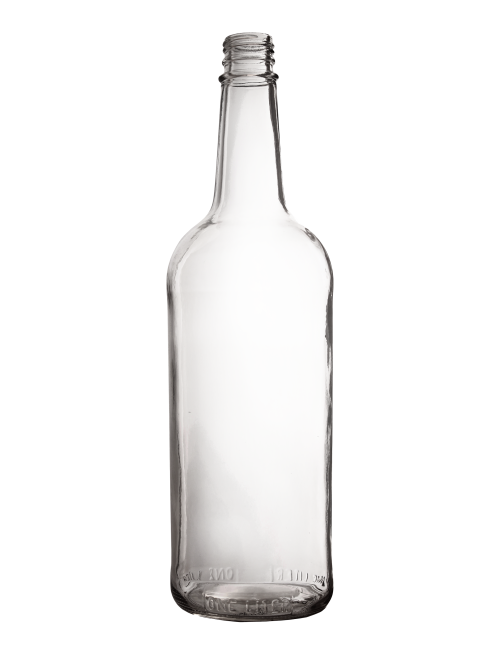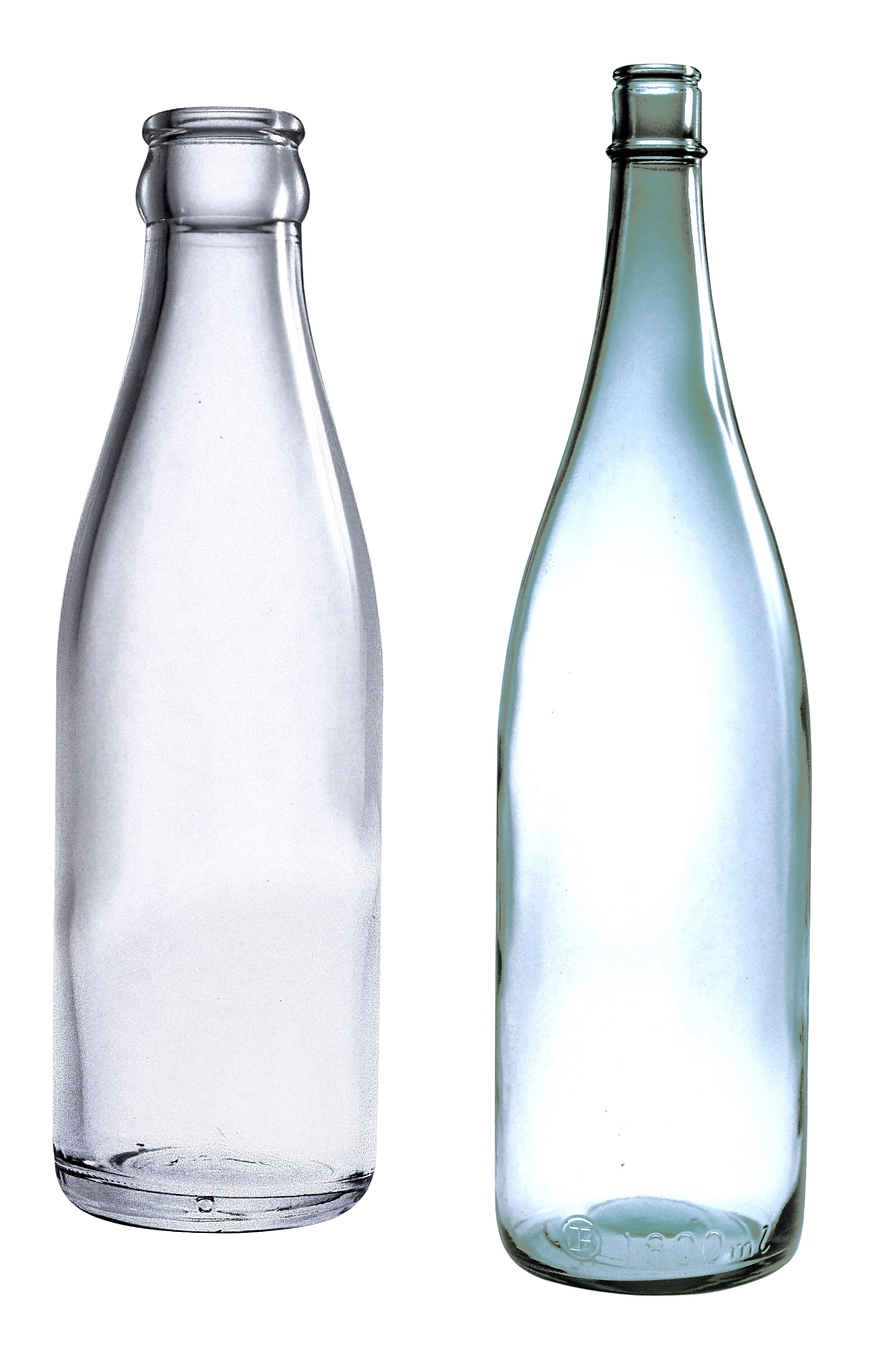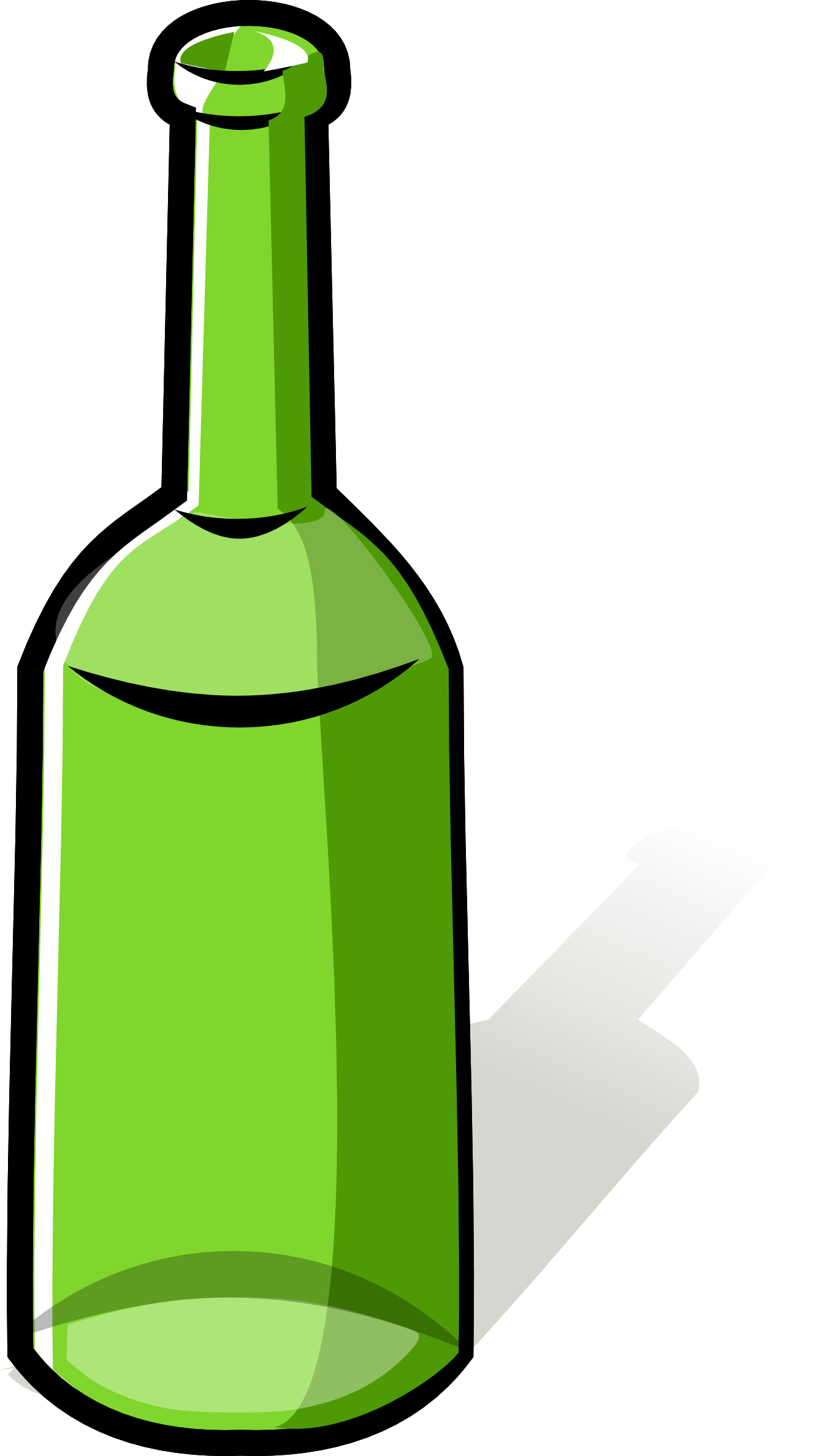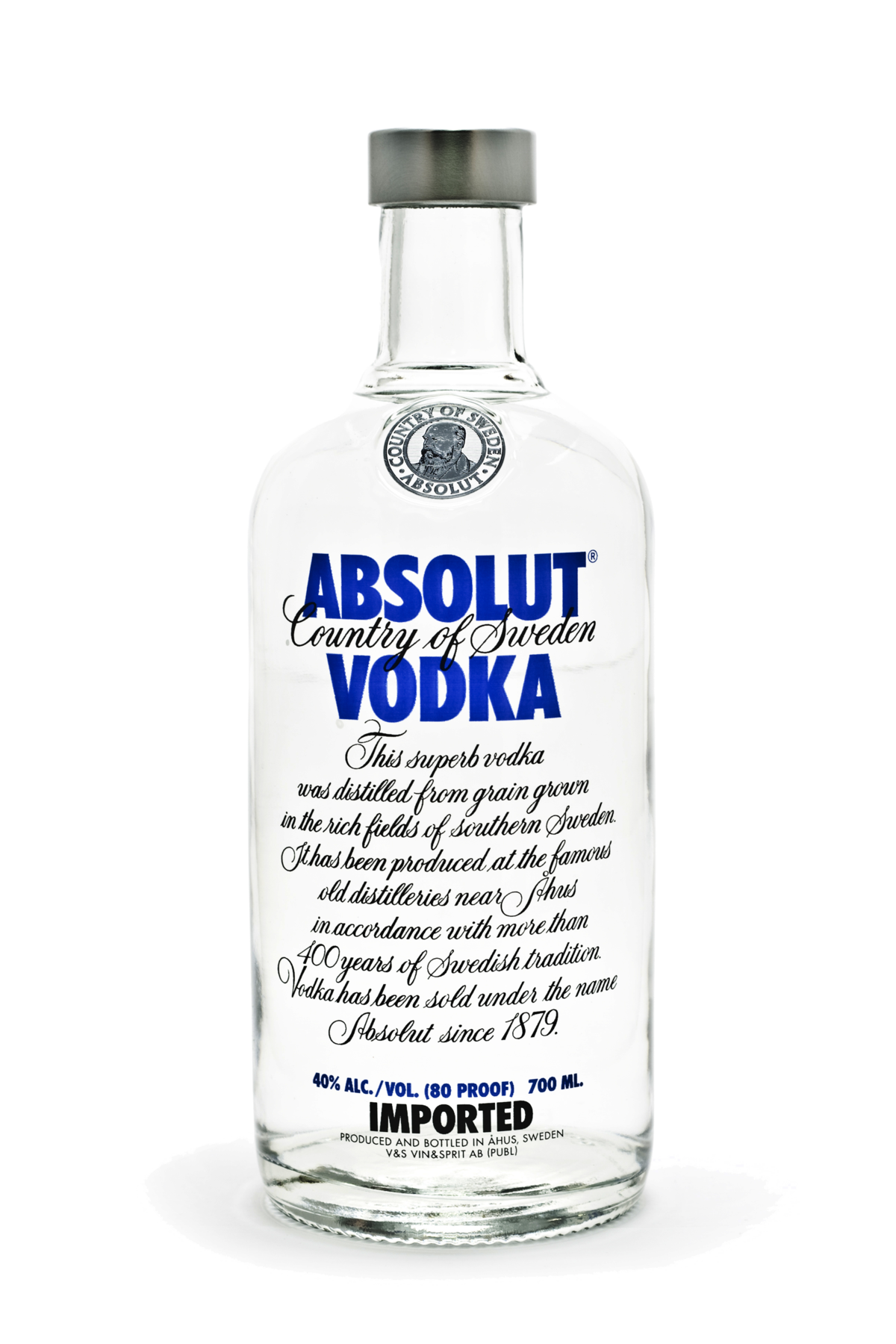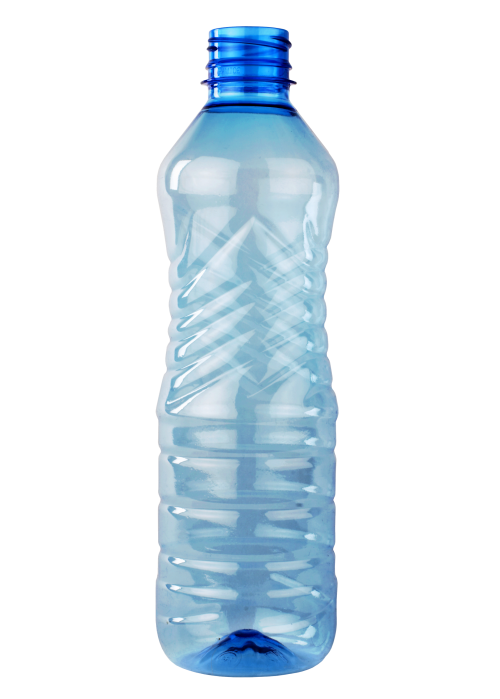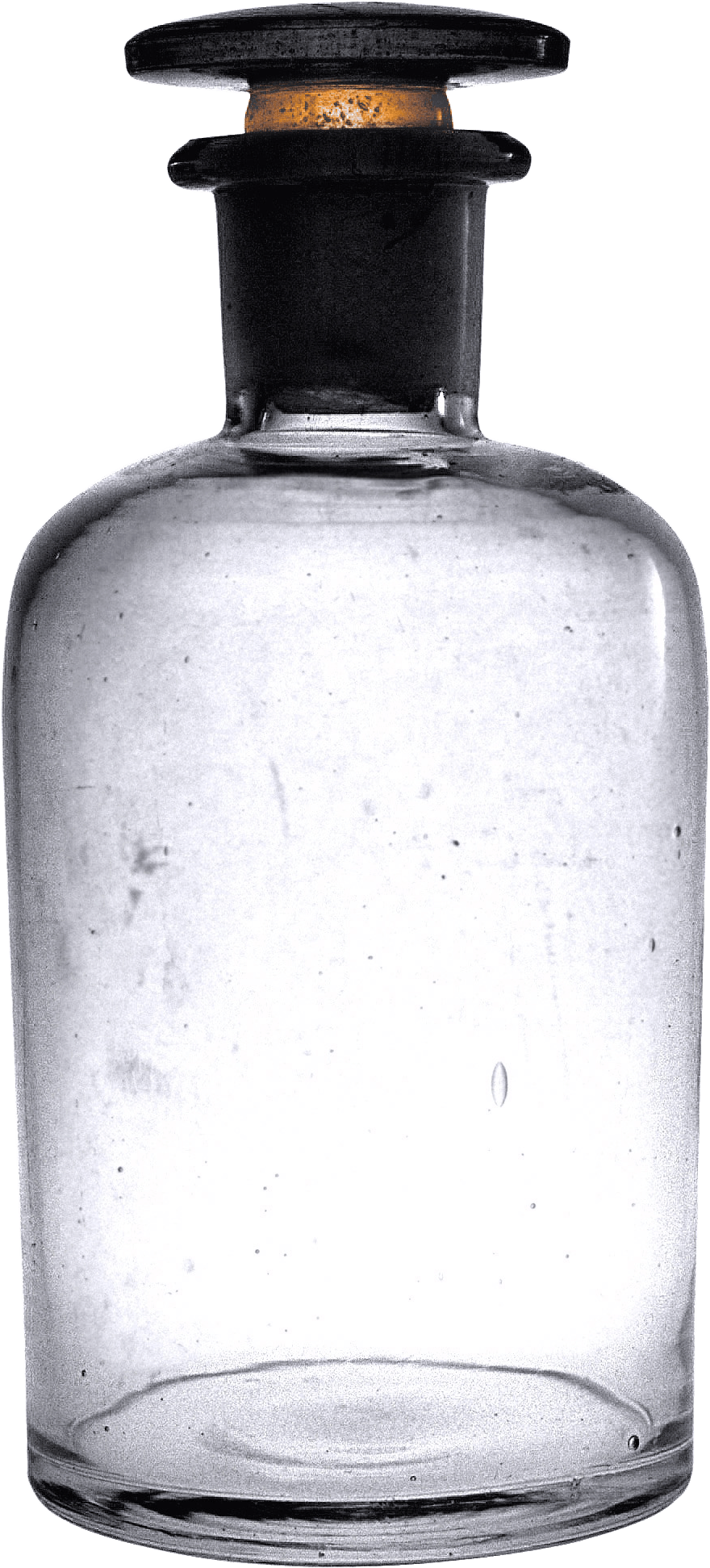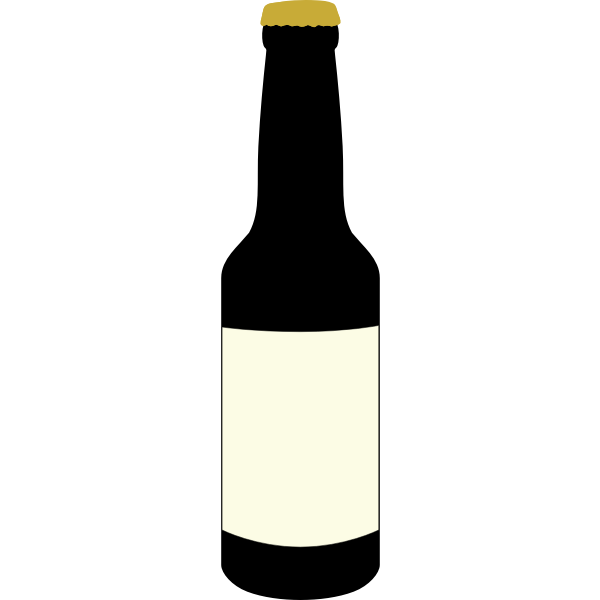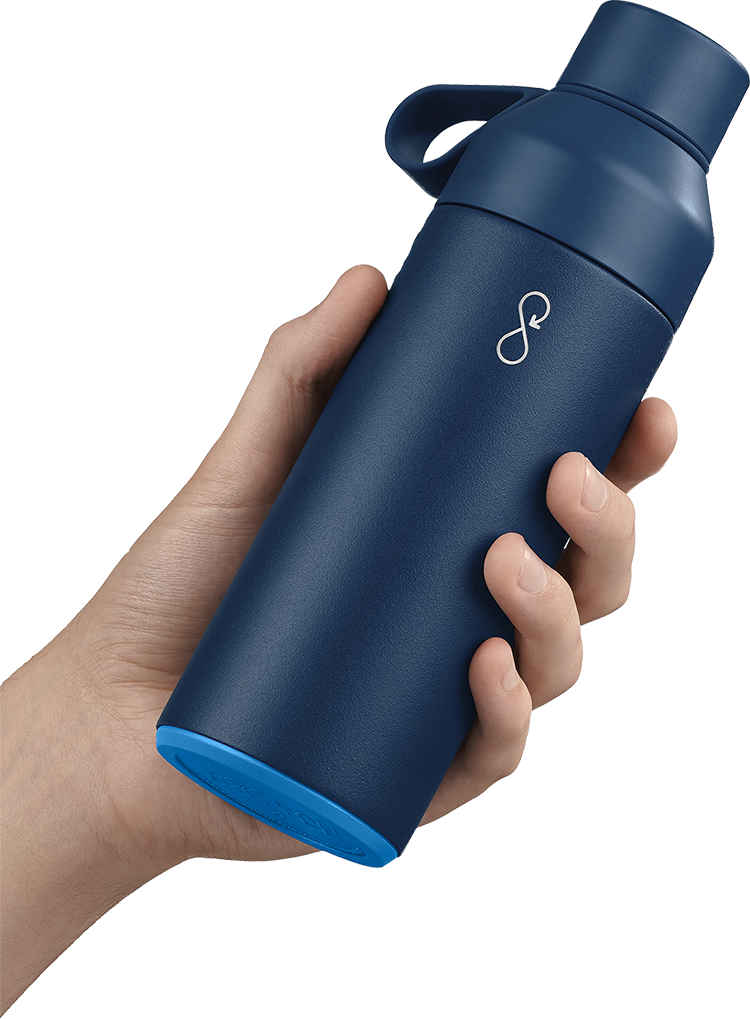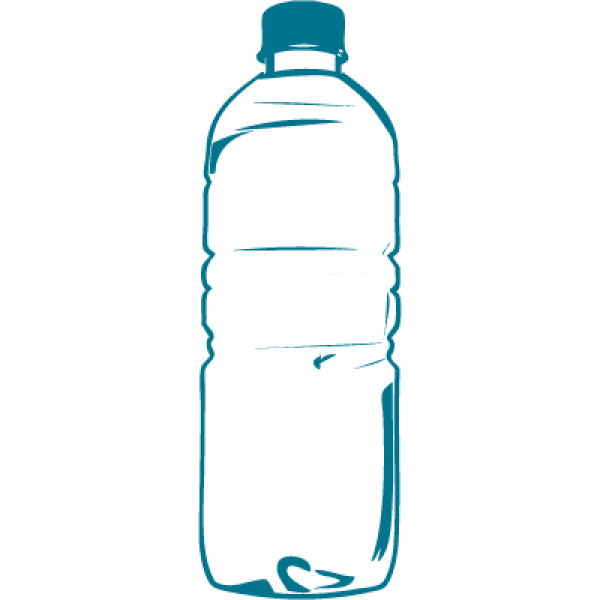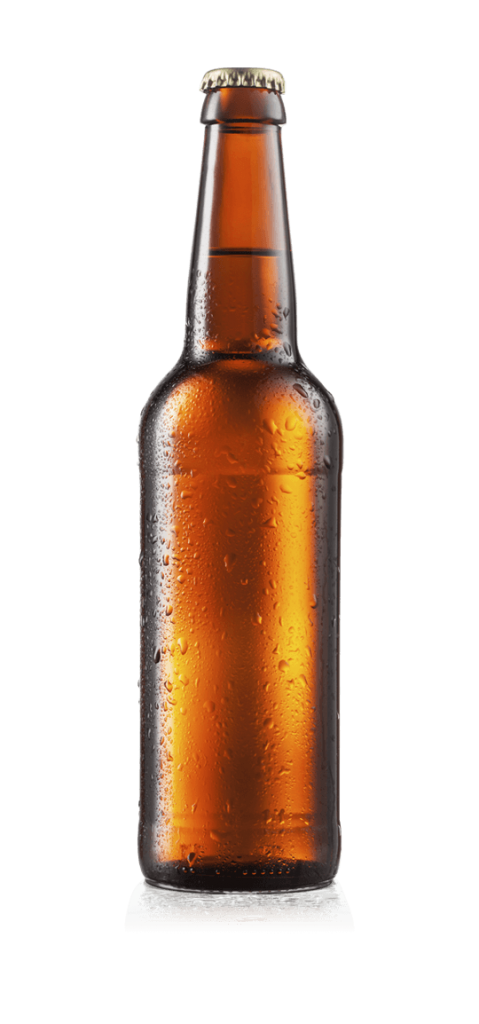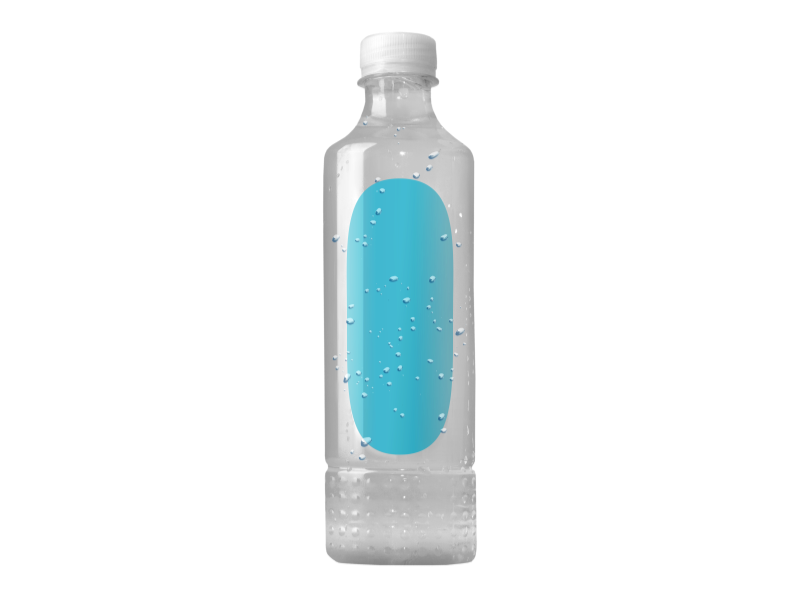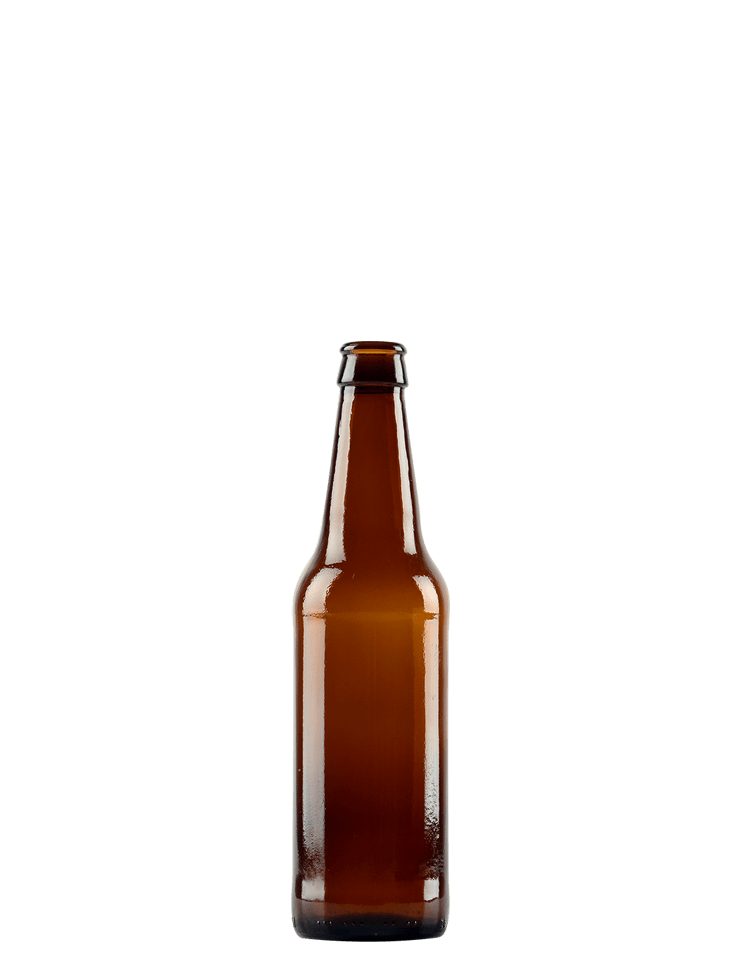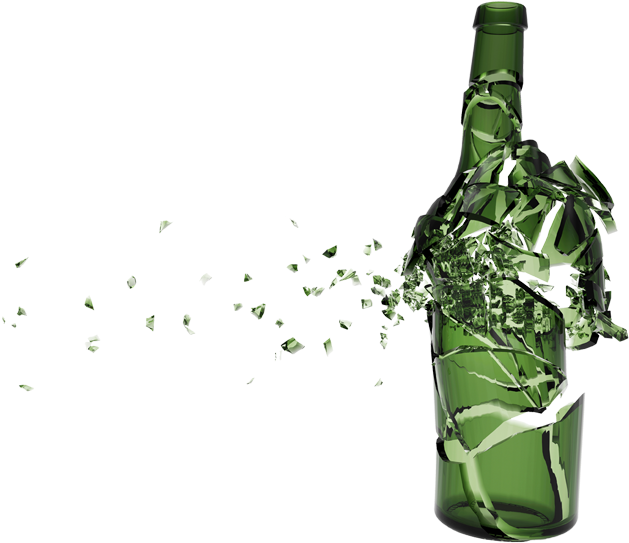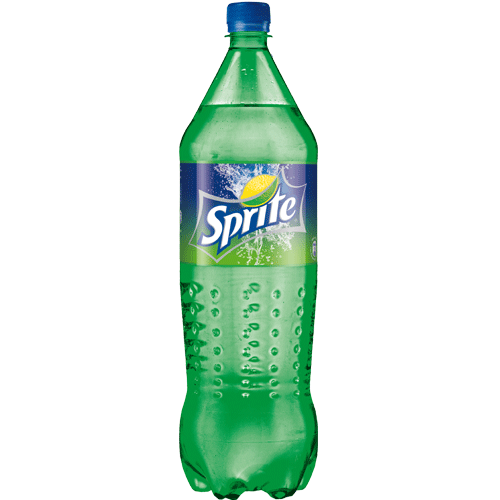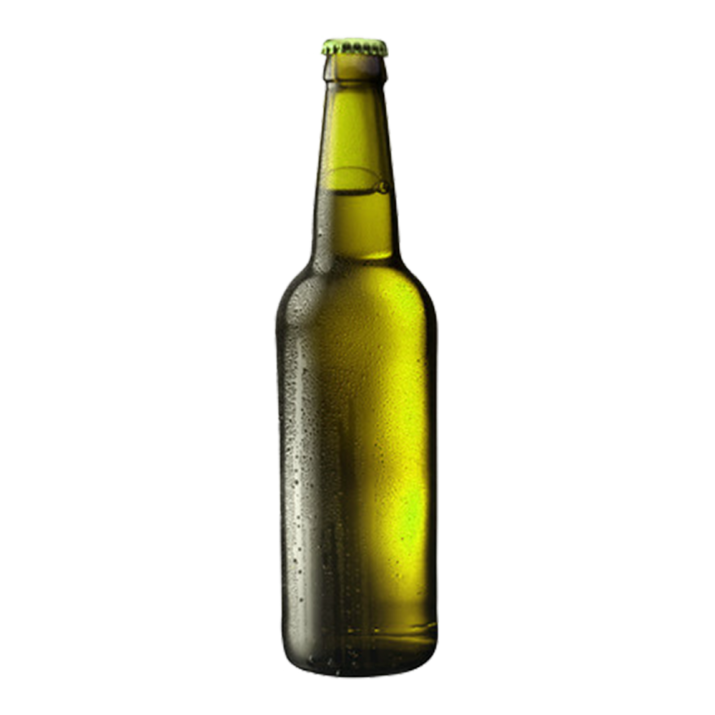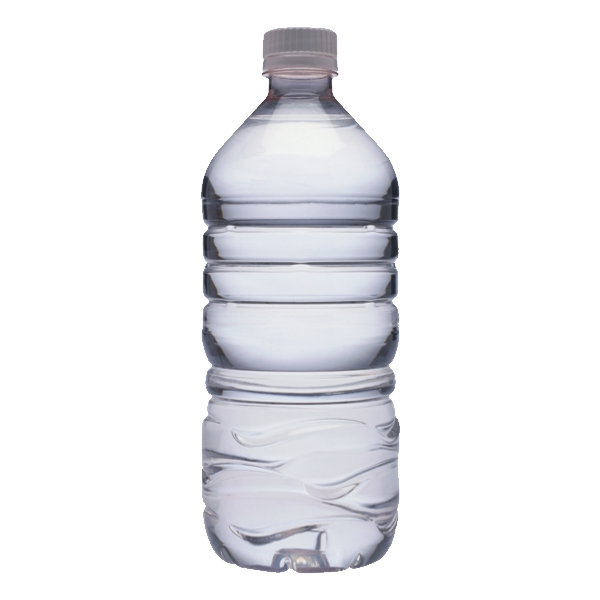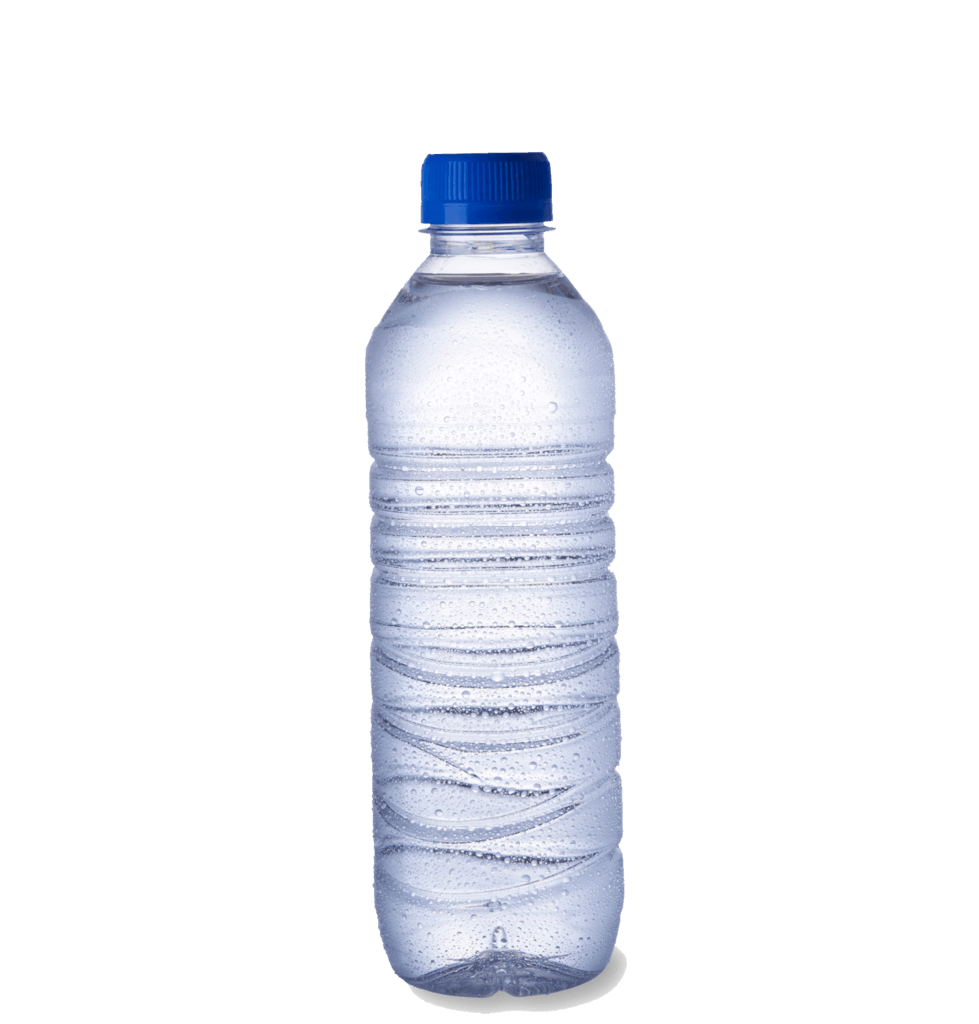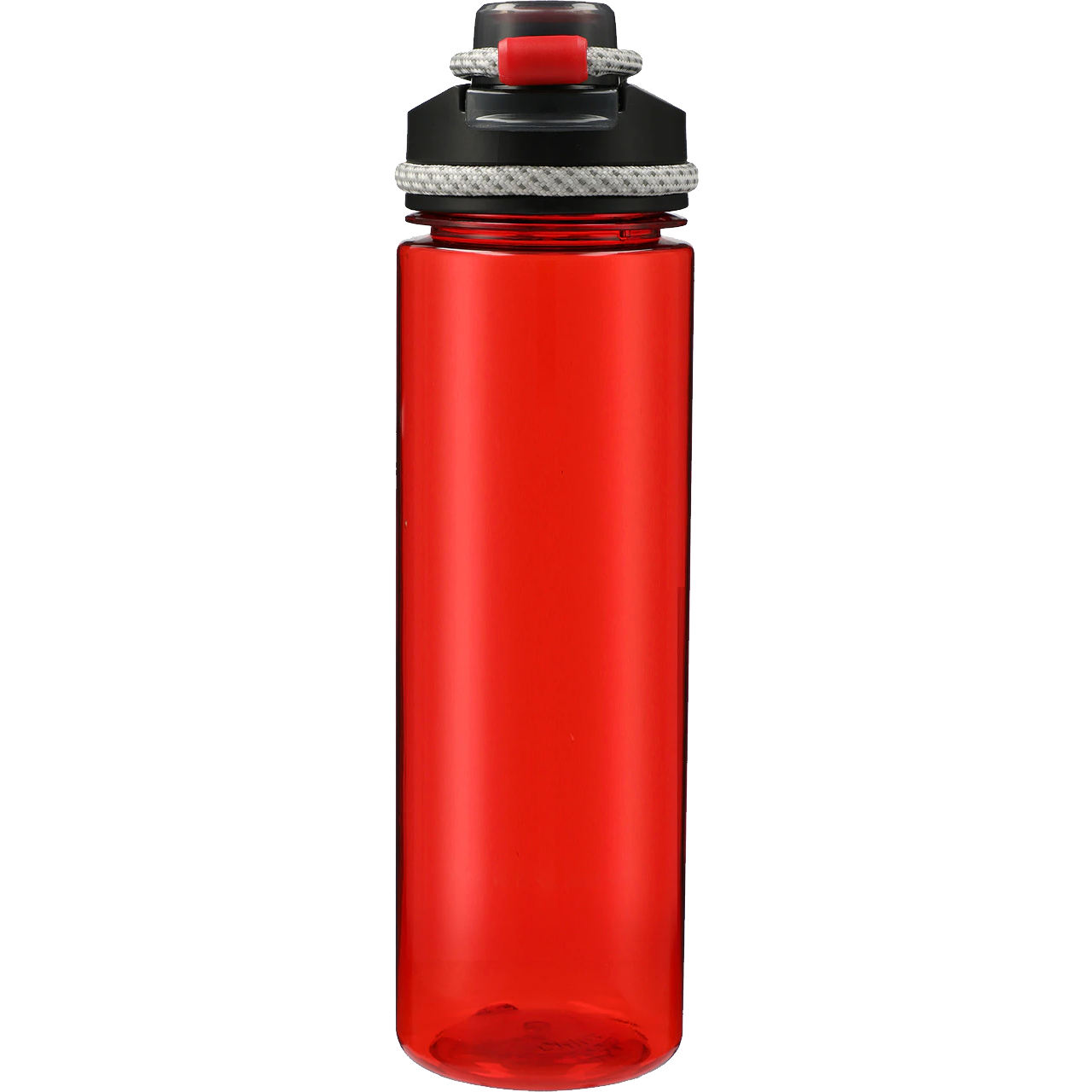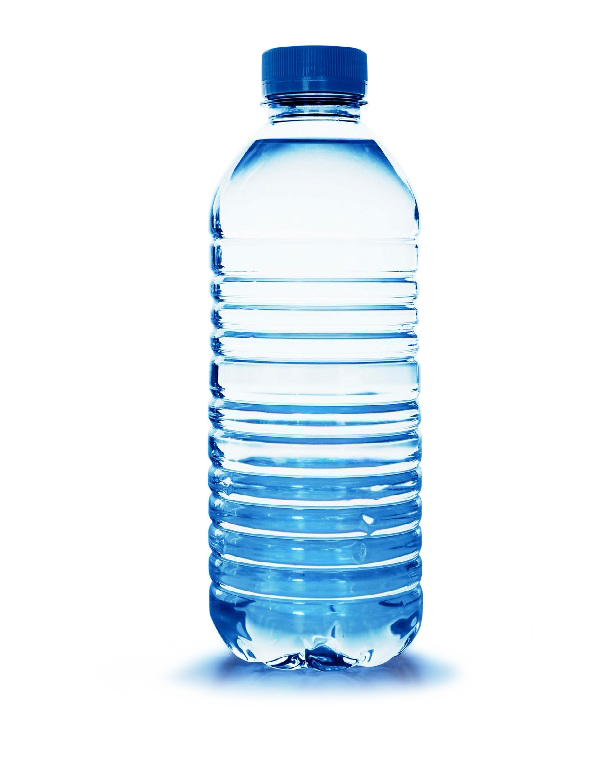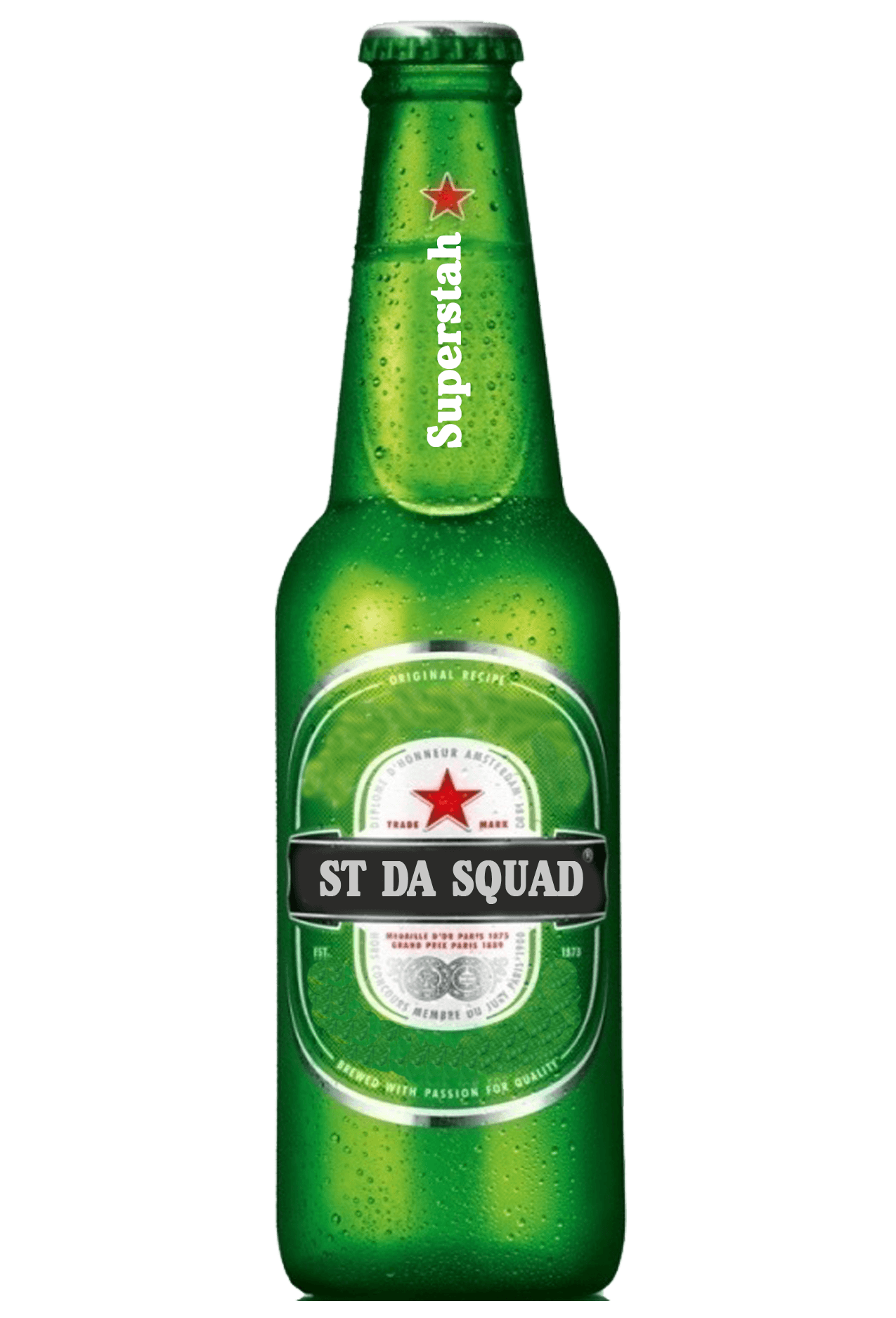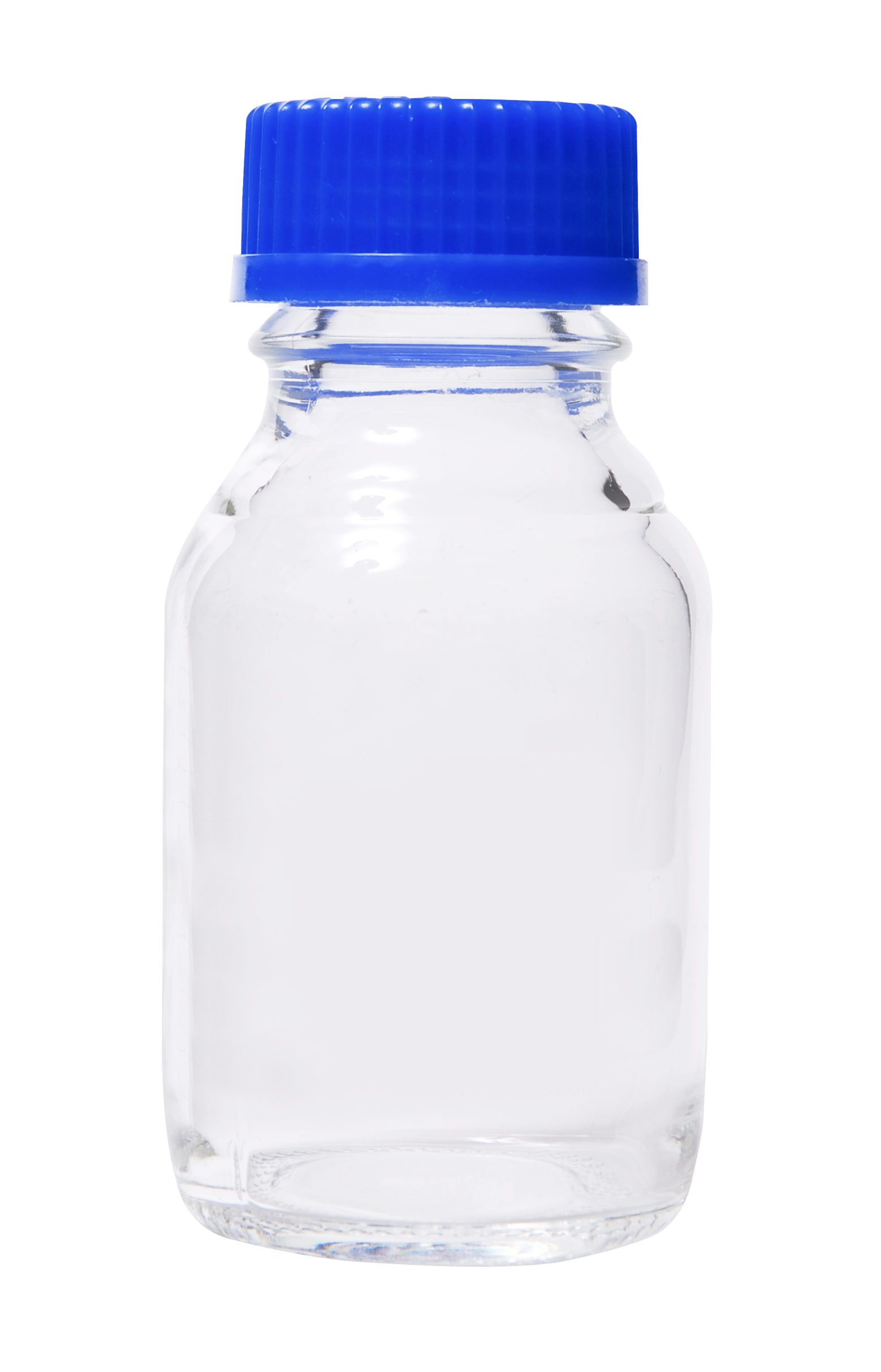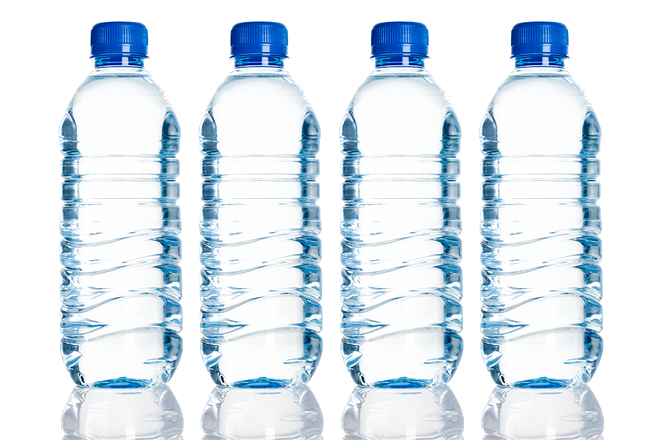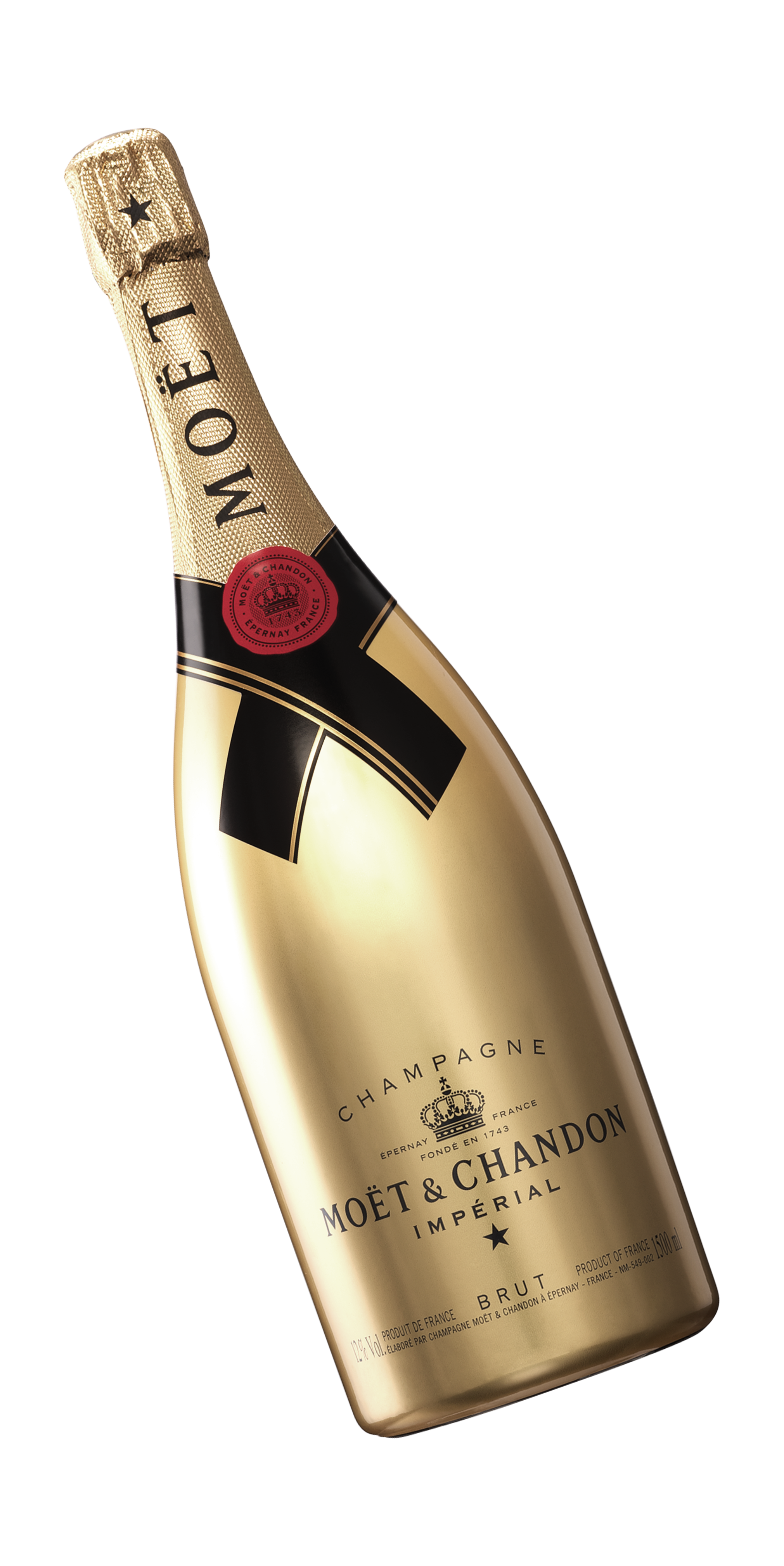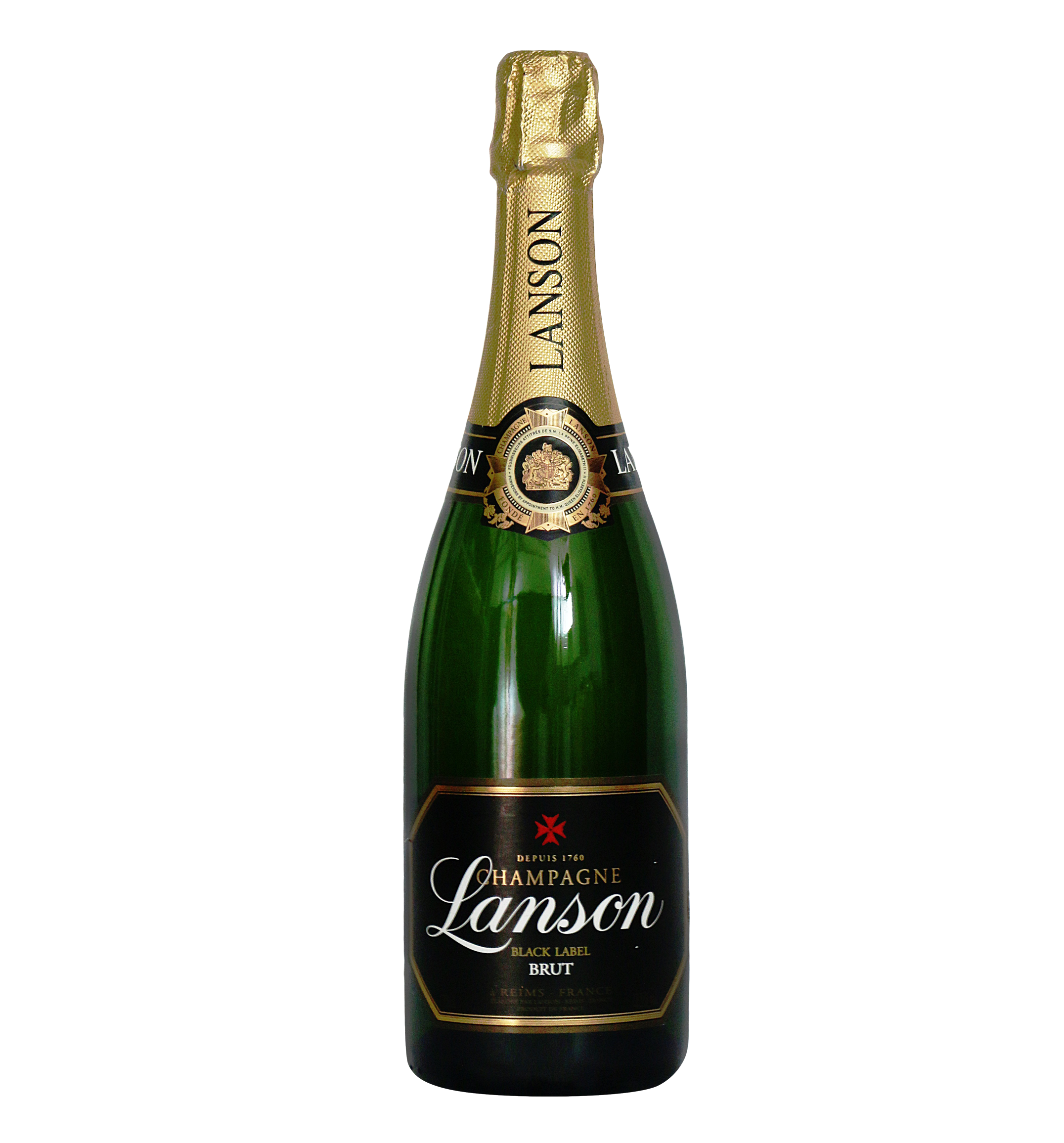Download top and best high-quality free Bottle PNG Transparent Images backgrounds available in various sizes. To view the full PNG size resolution click on any of the below image thumbnail.
License Info: Creative Commons 4.0 BY-NC
A bottle is a narrow-necked container made of an impermeable material in a variety of shapes and sizes for storing and transporting liquids (water, milk, beer, wine, ink, cooking oil, medicine, soft drinks, shampoo, and chemicals, among others) and whose mouth at the bottling line can be sealed with an internal stopper, an external bottle cap, a closure, or a conductive “inner seal” using induction sealing. China, Phoenicia, Crete, and Rome were among the first places to produce bottles.
The glass bottle was a significant breakthrough in the history of wine since it allowed for long-term maturation of wine when paired with a high-quality stopper such as a cork. Glass possesses all of the characteristics necessary for long-term storage. It eventually led to “château bottling,” the technique of putting a bottle of wine in a bottle at the source rather than by a merchant. Wine was previously sold by the barrel (and before that, by the amphora) and only placed into bottles at the merchant’s shop, if at all. As consumers had to trust the merchant with the contents, this created substantial and often exploited chances for fraud and adulteration. Most wine drunk outside of wine-producing countries is assumed to have been tampered with in some fashion. Furthermore, not all merchants took precautions to minimize oxidation or contamination during bottling, resulting in significant bottle variance. Even now, select scrupulous merchants’ bottling of antique ports fetches greater prices, particularly in the case of port. To prevent these issues, most great wines are bottled on the premises where they are made (including all port, since 1974).
Hiram Codd of Camberwell, London, invented and patented a bottle exclusively for carbonated drinks in 1872. The Codd-neck bottle was created with a marble and a rubber washer/gasket encased in the neck. The bottles were filled upside down, and the pressure in the bottle pressed the marble against the washer, sealing in the carbonation. The bottle was squeezed into a unique form, as shown in the photo on the left, to create a chamber into which the marble could be put to open it. This kept the stone from becoming stuck in the drink’s neck as it was being poured.
The bottle quickly gained popularity in the soft drink and brewing sectors, primarily in Europe, Asia, and Australasia, despite the fact that some alcoholics objected to its usage. The name codswallop has an etymology that comes from beer sold in Codd bottles, however this is largely rejected as a folk etymology.
The bottles were made on a regular basis for decades, but their popularity waned with time. Since youngsters destroyed the bottles to get the marbles, they’ve become rare and valuable collectibles, especially in the United Kingdom. At auction today, a cobalt-colored Codd bottle costs hundreds of pounds. Ramune, a Japanese soft drink, and Banta, an Indian beverage, both employ the Codd-neck shape.
Download Bottle PNG images transparent gallery
- Bottle Beer PNG Pic
Resolution: 2409 × 2693
Size: 933 KB
Image Format: .png
Download
- Bottle Beer PNG File
Resolution: 900 × 1990
Size: 1669 KB
Image Format: .png
Download
- Bottle
Resolution: 450 × 450
Size: 82 KB
Image Format: .png
Download
- Bottle PNG
Resolution: 2000 × 2156
Size: 758 KB
Image Format: .png
Download
- Bottle Beer PNG Image
Resolution: 2216 × 3541
Size: 5976 KB
Image Format: .png
Download
- Bottle Beer PNG Photo
Resolution: 944 × 3137
Size: 3087 KB
Image Format: .png
Download
- Bottle Water
Resolution: 1056 × 1280
Size: 1741 KB
Image Format: .png
Download
- Bottle Water PNG
Resolution: 2500 × 3750
Size: 3501 KB
Image Format: .png
Download
- Bottle PNG Pic
Resolution: 500 × 654
Size: 190 KB
Image Format: .png
Download
- Bottle Plastic PNG
Resolution: 1728 × 2600
Size: 3086 KB
Image Format: .png
Download
- Bottle PNG File
Resolution: 1331 × 2375
Size: 51 KB
Image Format: .png
Download
- Bottle PNG Image
Resolution: 1200 × 1800
Size: 929 KB
Image Format: .png
Download
- Bottle Water PNG Pic
Resolution: 500 × 699
Size: 190 KB
Image Format: .png
Download
- Bottle PNG Photo
Resolution: 880 × 1943
Size: 879 KB
Image Format: .png
Download
- Bottle Plastic PNG Pic
Resolution: 2376 × 4752
Size: 878 KB
Image Format: .png
Download
- Bottle PNG Cutout
Resolution: 600 × 600
Size: 9 KB
Image Format: .png
Download
- Bottle PNG Images
Resolution: 750 × 1019
Size: 801 KB
Image Format: .png
Download
- Bottle Plastic PNG File
Resolution: 600 × 600
Size: 23 KB
Image Format: .png
Download
- Bottle PNG Photos
Resolution: 479 × 1024
Size: 284 KB
Image Format: .png
Download
- Bottle Transparent
Resolution: 800 × 600
Size: 119 KB
Image Format: .png
Download
- Bottle PNG Clipart
Resolution: 740 × 960
Size: 43 KB
Image Format: .png
Download
- Bottle PNG Picture
Resolution: 629 × 543
Size: 222 KB
Image Format: .png
Download
- Bottle PNG HD Image
Resolution: 500 × 500
Size: 39 KB
Image Format: .png
Download
- Bottle Beer
Resolution: 715 × 715
Size: 161 KB
Image Format: .png
Download
- Bottle Plastic
Resolution: 600 × 600
Size: 142 KB
Image Format: .png
Download
- Bottle Plastic PNG Image
Resolution: 979 × 1024
Size: 378 KB
Image Format: .png
Download
- Bottle PNG Image HD
Resolution: 1280 × 1280
Size: 377 KB
Image Format: .png
Download
- Bottle No Background
Resolution: 604 × 764
Size: 239 KB
Image Format: .png
Download
- Bottle PNG Images HD
Resolution: 1275 × 1875
Size: 313 KB
Image Format: .png
Download
- Bottle PNG Free Image
Resolution: 1558 × 2425
Size: 1864 KB
Image Format: .png
Download
- Bottle Plastic PNG Photo
Resolution: 660 × 440
Size: 402 KB
Image Format: .png
Download
- Bottle Beer PNG Cutout
Resolution: 2021 × 4036
Size: 3747 KB
Image Format: .png
Download
- Bottle Beer PNG
Resolution: 2152 × 2312
Size: 2028 KB
Image Format: .png
Download
